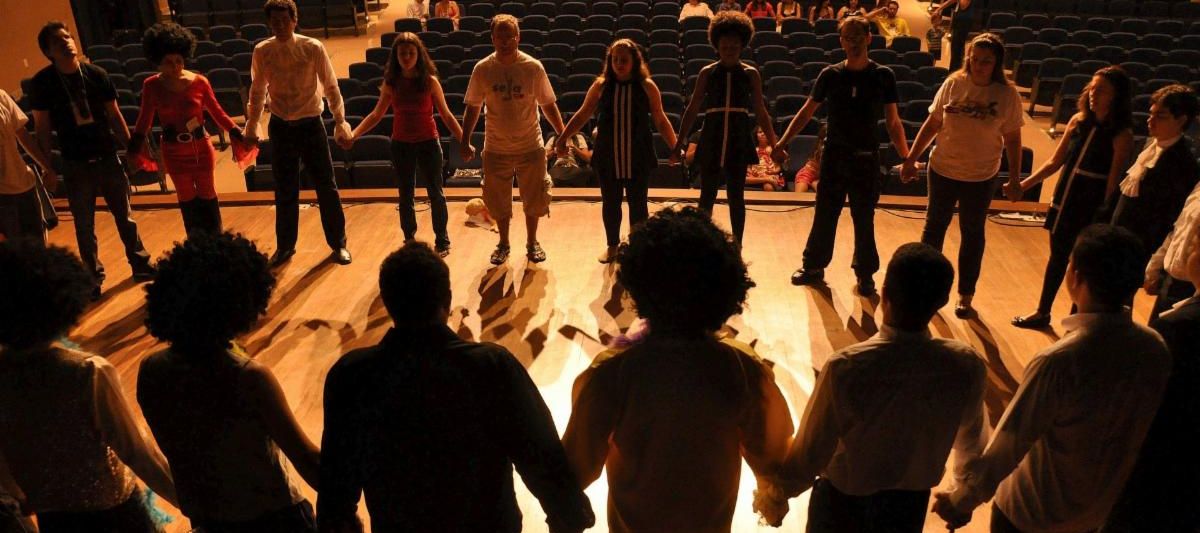
In order for artists and arts organizations to survive, we need to immediately start doing something we do so well – improvising.
I run a small but vibrant professional community arts center in upstate New York, about 45 minutes north of Albany. Our budget is just under $500K and in a good year we are continually fundraising to do what we do. We run on very tight margins. It’s a struggle. We are now in the fight for our lives. Since last week we’ve been working to offer online performances, workshops and events, as a way to continue to serve our region and stay relevant, so that we can come roaring back when this is all over. Our work is all about creating community through the arts, and our community needs us now more than ever. We need to steer our organizations to survive and thrive in these challenging times, with dynamic programming and bare bones budgeting aimed at pursuing our missions while finding a new sense of normal.
Here are five things arts leaders should do to survive and be ready to come roaring back to work in 2020 and beyond:
- Plan. Plan now. Plan deeply, far and wide.Scientists are now predicting this event may take 12-18 months to clear. We need to be planning for 3-5 years of recovery now, knowing it may take many more years to completely rebuild (or reconfigure in this new age). Figure out how to offer dynamic programming with bare bones budgets.
- Communicate clearly and compassionately.Talk with your audiences, but even more so, talk with artists and staff who rely on you. Before making cuts, have a conversation with them about what this means and ask them what they need to survive. If you abruptly lose 80% of your staff in layoffs without conversations, you may destroy all good will, trash your company culture, and make your company’s recovery impossible. After all, your people are the company.
- Get real and get humble.Be ruthless in looking at what can go, what needs to stay, and why. Cut your own compensation first. Try to find any and all ways to collaborate with other organizations and artists.
- Stay relevant.Innovate in how you reach people and how the work is made and shared. Be in people’s lives – remotely and in any personal ways you can. We need to continue to serve – and to matter. Otherwise, when the chips finish falling where they may, no one will be thinking of you.
- Protect and pursue your mission.Our work is in the public trust. Our duty is to serve. We are needed now more than ever. There’s no money. There’s little hope. There are huge obstacles in the way. But there is a mission. A vision. A purpose. A passion. How can we serve with passionate purpose every day?
We need to recognize that the past levers of power are no longer reliable. We are all struggling to imagine life inside these new circumstances and this new economy for the next few months, let alone the next few years. The need for art is greater than ever. Human connection, creativity and communion are as necessary for life as food and water. While we are figuring how to fulfill these needs in the age of COVID-19, we need to be generous with our work – and quick about it – or we risk becoming completely irrelevant.
– David A. Snider is the Executive & Artistic Director of Hubbard Hall Center for the Arts and Education in Cambridge, NY, a Lecturer at Skidmore College, holds his MFA from the Tisch School of the Arts at NYU and is currently writing a book about managing the arts from an artist’s perspective, titled Purpose.
*This article was originally published in The Berkshire Eagle on April 13, 2020.